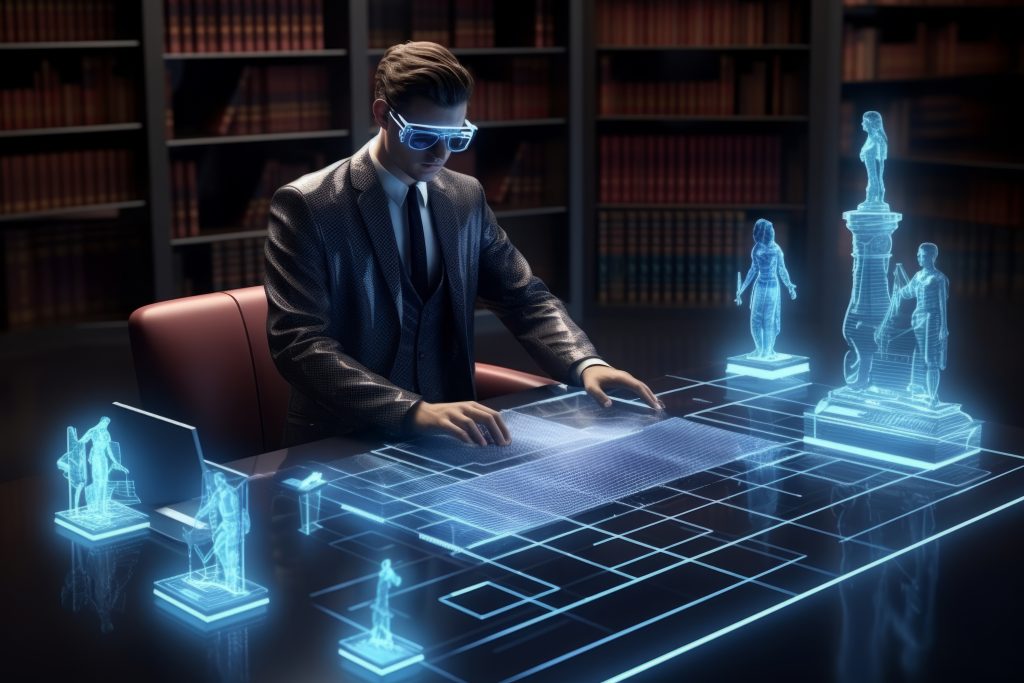The Human Side of Technology

Ethics, Innovation & Digital Responsibility
Introduction: The Paradox of Progress
We live in the most connected, innovative, and data-driven age in human history.
Technology has blurred the lines between imagination and reality cars drive themselves, virtual worlds host real communities, and a thought can trigger a digital action across the globe in milliseconds.
Yet with each leap forward, a question echoes louder:
Are we still in control of our technology or is it quietly controlling us?
From the glow of smartphone screens to the algorithms curating our opinions, the human-tech relationship has never been more intimate, or more complicated. We stand at a turning point where innovation without intention can either elevate humanity or quietly erode it.
This is the story of the human side of technology where ethics meets innovation, and responsibility becomes as critical as code.
1. Innovation and Its Human Consequences
Innovation is the heartbeat of civilization. Every tool we’ve ever buil from the wheel to the web has been an extension of our desire to make life easier, faster, and more meaningful. But history teaches us that innovation always brings unintended consequences.
The industrial revolution mechanized work but exploited labor. The internet democratized information but spread misinformation. Social media empowered voices but fueled loneliness and division.
In today’s digital economy, innovation moves faster than reflection. Companies race to be first, not necessarily to be right. The result is a technological landscape full of incredible achievements and invisible costs. Privacy breaches, digital inequality, and data misuse aren’t technological problems alone; they’re ethical ones.
Real progress isn’t just measured by new features or faster systems it’s measured by how those systems improve the human experience. Innovation must remember its purpose: to serve people, not replace them.
At TechSurgeAI, this philosophy drives every transformation project. Technology isn’t powerful because it’s complex it’s powerful because it empowers.
2. The Changing Workforce: Automation, Adaptation & Identity
Technology has always reshaped labor. The loom redefined craftsmanship. The computer redefined clerical work. And now automation, robotics, and data analytics are redefining everything.
In the coming decade, more than half of existing jobs will change or disappear. But history shows that technology doesn’t destroy employment it reshapes it. The true challenge isn’t job loss; it’s skill loss. Workers who can’t adapt risk being left behind, not because they lack intelligence, but because they lack access to reskilling and opportunity.
Organizations bear a profound responsibility here. Every innovation adopted should be paired with an equally strong commitment to human development. Upskilling, lifelong learning, and mental-wellness support are no longer optional HR strategies they’re ethical imperatives.
The emotional dimension of digital work also deserves attention. Remote work has freed millions from commutes but blurred the line between professional and personal life. The same tools that connect us 24/7 also prevent us from ever fully disconnecting. The outcome is productivity gains at the cost of growing fatigue.
The future of work must balance efficiency with empathy.
Automation should eliminate drudgery, not dignity.
3. Technology and Mental Health: The Hidden Cost of Connection
For all its promises, digital life has a dark underside one that quietly affects mental well-being. Constant connectivity, social media comparison, and digital overload have created what psychologists call “the attention economy,” where human focus has become a commodity.
The average person checks their phone over 150 times a day. Notifications trigger dopamine spikes similar to gambling rewards. The result is a generation hyper-informed yet emotionally exhausted.
Ironically, technology also holds the solution. Apps that promote mindfulness, virtual therapy, and digital detox programs are using the same design psychology once used to capture attention now to restore balance.
The key isn’t to reject technology, but to humanize it designing for calm instead of compulsion.
Companies like TechSurgeAI champion “digital wellness architecture” creating tools that respect attention, support mental health, and prioritize user agency. Because the healthiest interface is one that gives people control over their time and peace of mind.
4. Ethics in Design: When Code Shapes Culture
Every algorithm is a mirror of its maker.
Behind every software system are human choices what to prioritize, what to exclude, and whose perspective defines “normal.”
When those decisions are made unconsciously or unethically, bias becomes encoded into systems that reach millions. Job-matching algorithms may favor certain demographics. Loan systems may unintentionally discriminate. Recommendation engines may polarize societies.
Ethics must therefore move upstream not as a reaction after a scandal, but as a core design principle. Ethical technology requires transparency, accountability, and diversity at the table. It means engineers understanding sociology as well as syntax.
A growing movement called “ethical innovation” encourages teams to run ethics checks as rigorously as code tests. It’s not about slowing down development; it’s about ensuring what’s developed reflects fairness and humanity.
When we talk about digital responsibility, we’re really talking about moral engineering designing not just for performance, but for principle.
5. Digital Responsibility: Governance for a Borderless World
Technology transcends geography, but ethics and law still live within borders.
A post on a social network can spark movements across continents; a data breach in one country can affect citizens in another. The global nature of technology demands global accountability.
Governments are only beginning to catch up through initiatives like Europe’s GDPR, or emerging digital-rights frameworks in Asia and North America. Yet regulation alone can’t guarantee responsibility. True governance begins at the organizational level in culture, leadership, and intent.
Digital responsibility means protecting not just user data, but user dignity.
It’s about clarity, consent, and control. It’s about transparency in how algorithms work and humility to admit when they go wrong.
Corporations that treat responsibility as a strategic asset, not a legal burden, will define the next era of trust. Because in the information age, trust is the currency that outlasts every technology cycle.
6. Human Relationships in a Digital Culture
Technology promised to connect us. And in many ways, it has families video-call across oceans, and friendships flourish online. But connection without context can create isolation disguised as interaction.
Social media compresses human emotion into likes and comments. Algorithms reward outrage over empathy. Digital relationships can feel both crowded and empty at once.
Yet the same tools can be reimagined. Virtual communities of learning, digital volunteering, and purpose-driven networks are examples of technology amplifying human goodness rather than anxiety.
The goal isn’t to disconnect, but to reconnect with purpose to make our digital interactions reflect real human values: respect, patience, curiosity, and care.
As tech leaders, designers, and users, our collective challenge is to build platforms that don’t just capture attention but nurture connection.
7. Education and Digital Literacy: Preparing Minds for Tomorrow
The next generation will inherit a world that’s almost entirely digital.
They’ll need not just technical skills but ethical intuition, the ability to ask “should we?” before “can we?”
Digital literacy now includes understanding privacy, spotting misinformation, and managing digital well-being. Schools, companies, and governments must collaborate to create frameworks that teach responsible technology use as a civic skill.
Empowering people with digital literacy is the most sustainable form of innovation, because an informed society becomes its own regulator.
At TechSurgeAI, the future we envision is one where education evolves with technology, producing creators who innovate consciously and users who engage wisely.
8. Corporate Ethics and Sustainable Innovation
The most forward-thinking companies know that ethics and profit aren’t opposites.
Sustainability, diversity, and transparency are no longer corporate buzzwords, they’re competitive advantages.
Tech organizations have a social contract: every line of code, every product, and every dataset carries potential to influence lives. Responsible innovation means auditing that influence constantly.
Sustainable technology doesn’t just minimize carbon footprints; it minimizes moral footprints ensuring digital products add value without exploitation.
When businesses combine purpose with performance, they don’t just lead markets, they lead movements.
9. Designing for Humanity: The Road Ahead
The next decade will challenge everything we know about humanity’s relationship with machines. From brain-computer interfaces to virtual reality societies, the line between physical and digital identity will fade.
That’s why designing for humanity must be our guiding philosophy.
It means creating technology that uplifts, not overwhelms; that empowers diversity, not conformity. It’s not anti-progress it’s pro-people.
Innovation with empathy is not a restraint, it’s a revolution.
When human values drive technological design, we don’t just build smarter systems; we build a wiser civilization.
Conclusion: Humanity First in a Digital World
The story of technology has always been the story of us.
We invent tools and then those tools reinvent us.
The question now is what version of humanity we want reflected in the digital mirror we’re building.
Ethics and innovation are not separate forces. Together, they form the foundation of meaningful progress. The challenge for our era isn’t how fast we can innovate it’s how wisely we can.
At TechSurgeAI, we believe the future will belong not to the most advanced technologies, but to the most human-centered ones.
Because in the end, technology’s greatest achievement won’t be automation or efficiency
it will be helping us rediscover what it truly means to be human.
